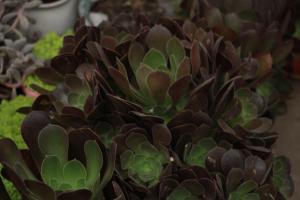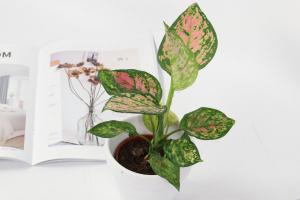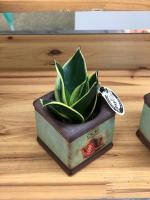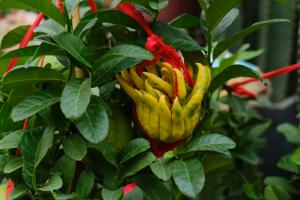1、 Curing method
1. Temperature: Bergamot palm likes to be warm. 18 to 22 degrees is the most suitable for its growth. It is not resistant to heat, so it needs to be adjusted and cooled in hot and muggy environment. In addition, it is not resistant to cold. In view of its habit, it's best to put it indoors in winter, not less than 10 degrees
2. Light: the palm of bergamot is sensitive to sunlight and doesn't like strong light. Half shade is the most suitable for it. Although it doesn't like strong light, it can't do without sunshine at all. When there is strong light, it should be placed in a sheltered place. It's not necessary to cover the sun in the late autumn

3. Watering: it is very drought resistant, but it is afraid of waterlogging. Therefore, it is necessary to add an appropriate amount of water and keep the matrix in a semi wet state. In winter, the substrate needs to be slightly dried, especially when the temperature is not appropriate
4. Fertilization: fertilize once every two weeks. It should be noted that the types of nutrition should not only focus on nitrogen fertilizer

2、 Breeding skills
1. Propagation: the common one is cutting. It is more appropriate to do it from September to October. Sand and soil can be used as matrix, which needs to be wetted before insertion. After cutting the insert, insert it after the upper wound is dried. After cutting, the temperature should be about 20 degrees. After a month, it will probably take root. When the new root grows to two or three centimeters long, it can be put into the basin
2. Change basin: try to change the substrate every year, otherwise it will cause some harm after hardening. In addition to replacing new soil, some dry leaves and roots need to be repaired. After changing the basin, do not have strong light and put it in a cool place

3、 Diagnosis and treatment problems
1. Disease: the most common disease is "wilt disease". It is easy to appear under high temperature and humidity, and even threaten the health of the whole plant, resulting in the death of the whole plant. Carbendazim can be used for control
2. Insect pests: the probability of insect pests is not high. When they appear, they should be sprayed immediately, and the substrate should be disinfected

4、 Other issues
1. Toxicity: it has no poison, so you can rest assured
2. Whether it can be raised at home: there are many advantages to putting it at home. It can not only be viewed and used as decoration, but also purify and absorb some harmful substances

 jackfruit
jackfruit snake plant
snake plant hibiscus
hibiscus hydrangea
hydrangea lavender
lavender Green roses climb al...
Green roses climb al... If you don't pay att...
If you don't pay att... Management of four g...
Management of four g...



































